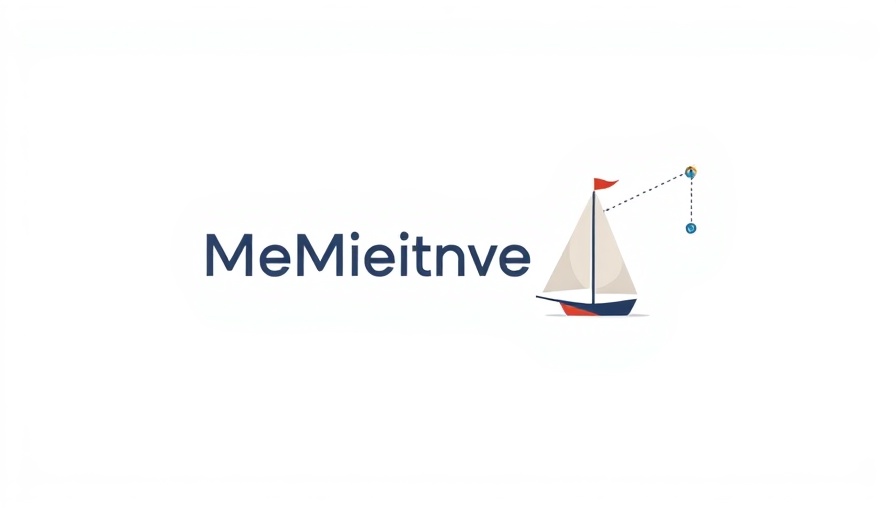
The Evolution of AI Partnerships: Meta and Midjourney Unite
In a significant move within the AI landscape, Meta has announced a partnership with Midjourney, a front-runner in aesthetic technology. This collaboration, announced by Meta's new Chief AI Officer, Alexander Wang, aims to leverage Midjourney's advanced capabilities to enrich Meta's suite of products. Wang emphasized the importance of collaborating with industry leaders to deliver superior user experiences and innovative solutions in artificial intelligence.
In 'Meta Teams Up with Midjourney', the conversation ventures into the impact of AI partnerships in the tech landscape, prompting us to examine the potential shifts this collaboration may trigger.
Why Beauty Matters in AI: The Midjourney Difference
Midjourney has distinguished itself in the crowded AI image generation space by focusing on the aesthetic quality of its outputs. Unlike other platforms that might produce functional or mediocre imagery, Midjourney's goal is to create visually stunning art that resonates on deeper emotional levels. As David Holes, the founder of Midjourney, expressed, their mission is to make sublime tools of creation accessible to billions. This endeavor aligns with the broader aspirations of Meta—to not only provide technological advancements but to also enhance the beauty of interactions on their platforms.
AI as the New Curator: What This Partnership Means for Content Consumption
With Meta partnering with a premium AI image creator like Midjourney, we can expect to see an elevation in artfulness across content shared in users' feeds. Commentators have speculated on the implications of this deal, acknowledging that while there may be mixed feelings about Meta's involvement, upgrading the aesthetic quality of AI-generated content is a beneficial move. This partnership isn't just about better images; it's also about shaping how we consume art and media in the digital age.
Meta’s Strategic Shift: The Importance of AI in Business
Meta's selection of Midjourney may signal a larger strategic pivot stepping away from failed acquisition attempts toward strategic partnerships that enhance their technological arsenal. The company has also secured significant cloud computing resources in a new $10 billion deal with Google, underscoring the urgency of scaling AI capabilities. As markets increasingly prioritize visual storytelling and branded content, Meta's moves highlight the necessity for businesses to embrace AI innovations and build tools that leverage beauty and engagement within their offerings.
The Broader AI Landscape: Competition and Collaboration
This partnership serves as a noteworthy example of the broader trends shaping the AI industry as competition intensifies. Other companies, such as those in the venture capital space like Anthropic, are also vying for prominence by attracting major investments. The coming years may see an influx of capital flowing into AI ventures, indicating a promising trajectory for companies willing to innovate.
Maximizing Business Potential with AI
For business owners observing these developments, it's critical to understand how AI can improve both productivity and creativity within their organizations. While large firms like Meta capitalize on partnerships and vast resources, smaller businesses can explore AI tools tailored to specific needs, whether it’s enhancing marketing visuals or improving customer engagement through aesthetic media.
Conclusion: Embracing AI Now
The collaboration between Meta and Midjourney encapsulates a pivotal moment in the evolution of AI technology—where aesthetics meet functionality. This partnership invites business owners to explore how AI can not only optimize processes but also redefine their engagements with clients through artistic visual content. By beginning to utilize AI now, businesses can position themselves ahead of this upward trend and harness its potential for innovation and growth.
 Add Row
Add Row  Add
Add 




Write A Comment